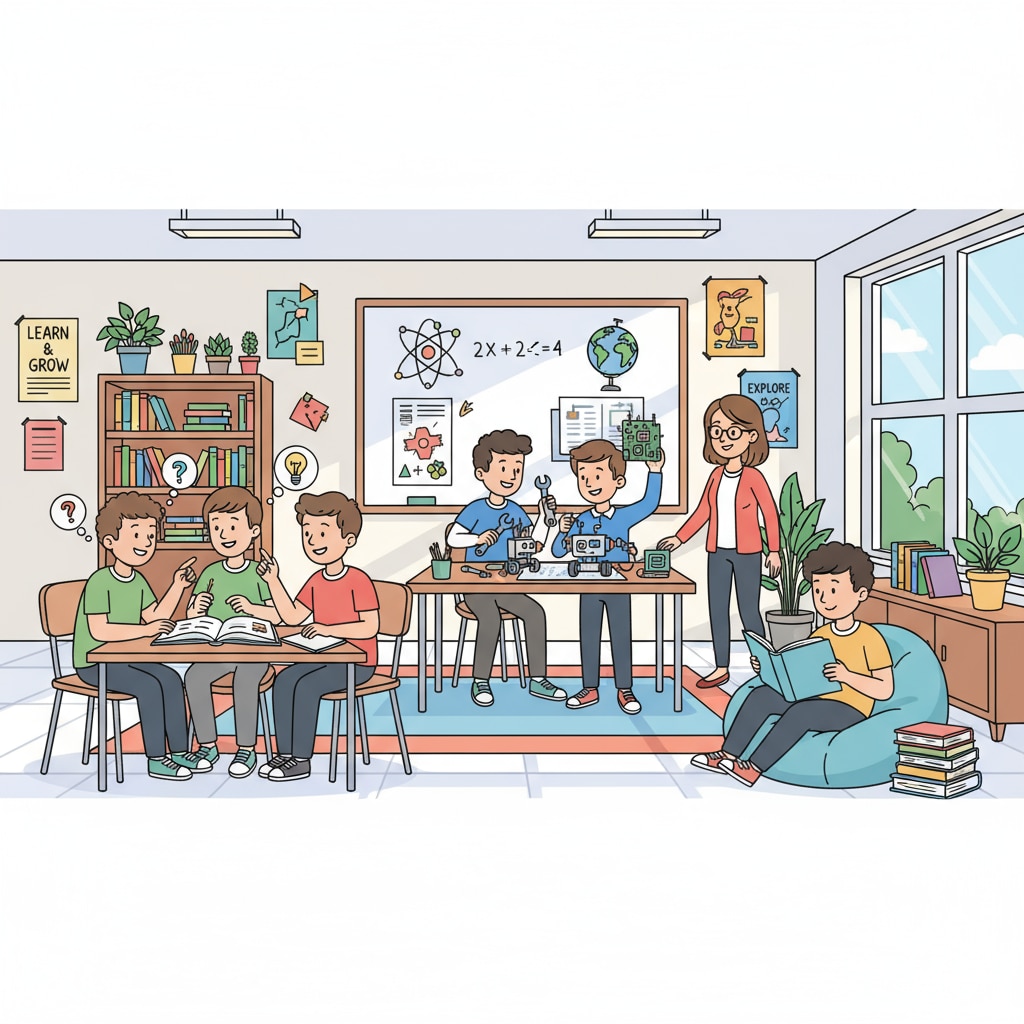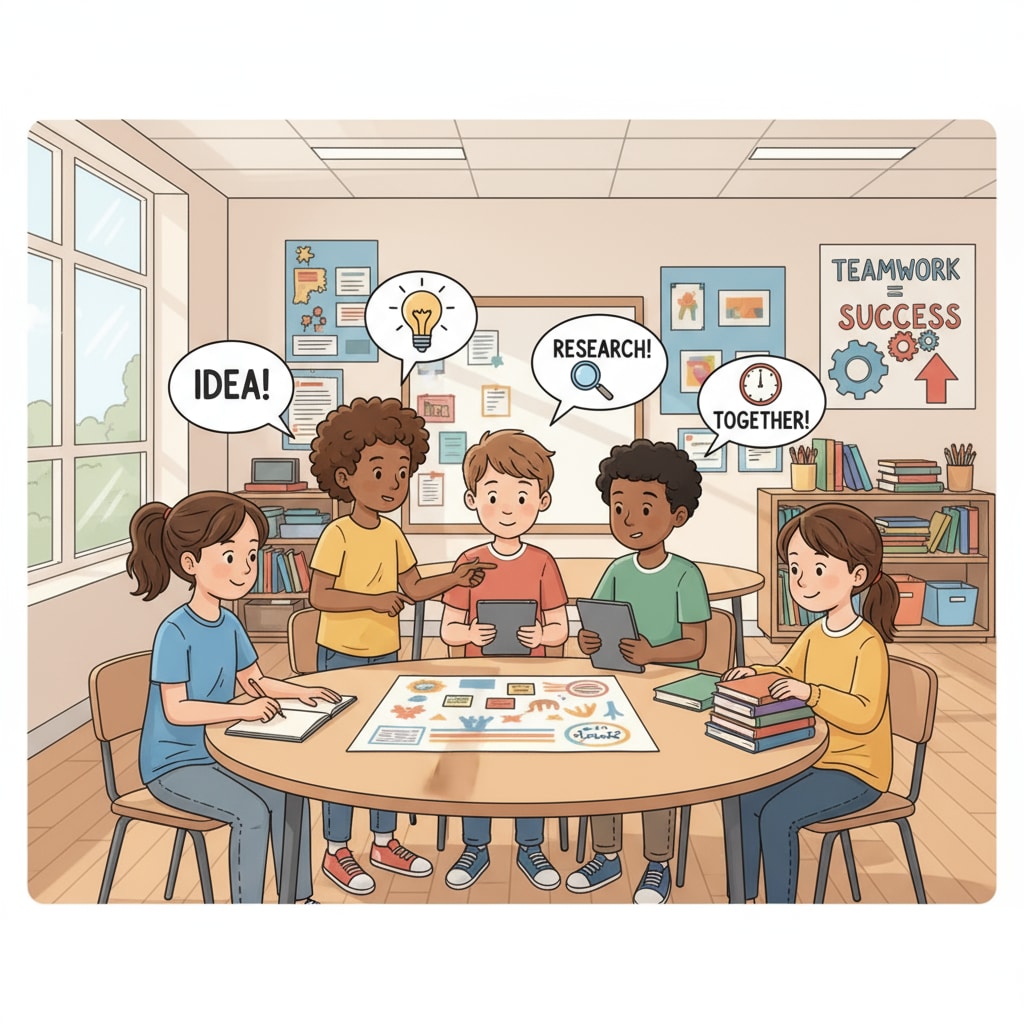Education, lifelong learning, and success are intricately linked, especially when considering the crucial K12 stage. Lifelong learning, starting from the early years of K12 education, serves as the cornerstone for personal success. In today’s rapidly evolving world, the ability to learn continuously is not just an advantage but a necessity.

The Foundation of Lifelong Learning in K12
K12 education is the prime time to instill the habit of lifelong learning. During these years, students are introduced to a wide range of knowledge and skills. For example, in elementary school, children start to develop basic reading, writing, and arithmetic skills. These fundamental skills form the building blocks for more complex learning in the future. As they progress to middle and high school, students are exposed to various subjects like science, history, and literature. This broad curriculum encourages them to explore different interests, which is a key aspect of lifelong learning. According to Britannica’s Education Encyclopedia, a well-rounded K12 education helps students develop critical thinking, problem-solving, and communication skills, all of which are essential for lifelong learning.

The Impact on Future Success
The continuous learning ability nurtured in K12 has a profound impact on students’ future success. Those who embrace lifelong learning are more adaptable to change. In the job market, for instance, industries are constantly evolving due to technological advancements. Lifelong learners are better equipped to acquire new skills and knowledge required for different jobs. They are more likely to stay relevant and competitive. Moreover, lifelong learning also enriches personal lives. It allows individuals to pursue hobbies, understand different cultures, and engage in meaningful conversations. As stated in Wikipedia’s article on Lifelong Learning, lifelong learning promotes personal growth and self-fulfillment, which are integral parts of success.
Building an educational ecosystem that supports lifelong learning requires the joint efforts of families and schools. Families can create a learning-friendly environment at home by providing access to books, educational resources, and encouraging discussions. Schools, on the other hand, can design curricula that not only focus on academic knowledge but also on fostering a love for learning. Teachers can use innovative teaching methods to engage students and show them the joy of discovery.
Readability guidance: In summary, lifelong learning in K12 education is like sowing the seeds of success. By building a strong foundation and fostering a continuous learning attitude, students are better prepared for a successful future. Families and schools play crucial roles in nurturing this environment. Transition words like ‘for example’ and ‘moreover’ have been used to enhance the flow, and short paragraphs and lists have been employed to improve readability.


